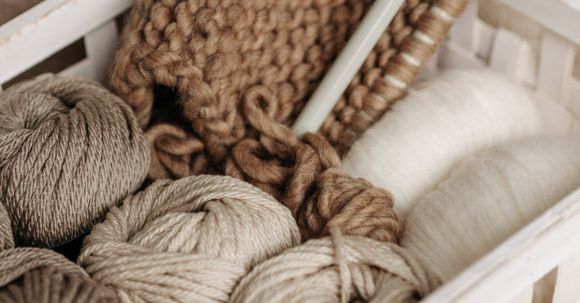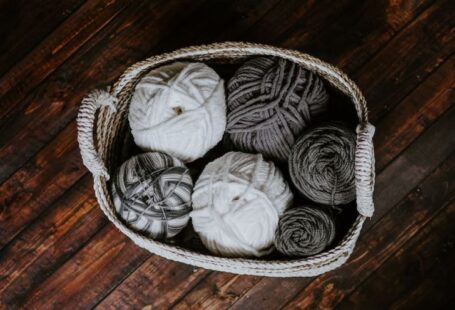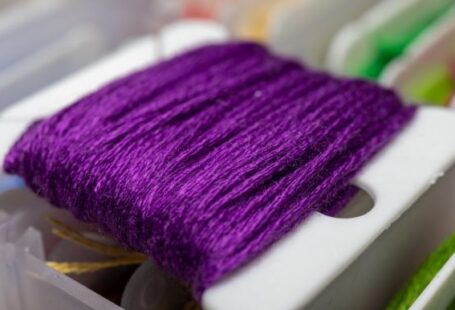Cashmere yarn has long been revered for its softness and luxurious feel, but its delicate nature can sometimes leave knitters and crocheters wanting more in terms of durability. That’s where cashmere-blend yarns come in. By blending cashmere with other fibers, these yarns offer the best of both worlds – the softness of cashmere and the added durability of other materials. In this article, we will explore the benefits of cashmere-blend yarns and why they are a popular choice for crafters.
The Softness of Cashmere
Cashmere is known for its incredible softness, and for good reason. The fibers are sourced from the soft undercoat of cashmere goats, which are native to the mountainous regions of Asia. These goats have adapted to the harsh climates of their natural habitat, and their undercoat provides them with insulation during the cold winter months. It is this undercoat that is carefully combed and collected to create cashmere yarn.
When spun into yarn, cashmere fibers create a fabric that is incredibly soft to the touch. It has a luxurious feel that is unmatched by other fibers. The lightweight nature of cashmere also adds to its appeal, making it a popular choice for garments and accessories that need to be both warm and comfortable.
The Durability of Blended Yarns
While cashmere is undeniably soft, it can be prone to pilling and wear over time. This is where cashmere-blend yarns come in. By blending cashmere with other fibers such as merino wool, silk, or nylon, the resulting yarn becomes more durable and resistant to pilling.
Merino wool, for example, is known for its excellent durability and elasticity. When combined with cashmere, it adds strength to the yarn without compromising its softness. Silk, on the other hand, adds a subtle sheen to the yarn while also increasing its strength and durability. Nylon, a synthetic fiber, is often added to cashmere blends to enhance their durability and make them more suitable for everyday wear.
The Versatility of Cashmere-Blend Yarns
Cashmere-blend yarns offer a wide range of possibilities for crafters. The addition of other fibers not only increases the durability of the yarn but also opens up new design options. The resulting yarns can be used to create a variety of projects, from cozy sweaters and scarves to delicate lace shawls and socks.
The versatility of cashmere-blend yarns also extends to their suitability for different climates. While pure cashmere may be too warm for some, blending it with other fibers allows for better temperature regulation. Merino wool, for example, is known for its excellent thermal properties, making cashmere-blend yarns an ideal choice for garments that need to provide warmth without being overly heavy.
Caring for Cashmere-Blend Yarns
Caring for cashmere-blend yarns is relatively easy, especially when compared to pure cashmere. While cashmere garments often require delicate hand washing and careful handling, cashmere-blend yarns can generally be machine washed on a gentle cycle. However, it is always recommended to check the care instructions for each specific yarn, as some blends may have different requirements.
In conclusion, cashmere-blend yarns offer crafters the opportunity to enjoy the luxurious softness of cashmere while also benefiting from added durability. By blending cashmere with other fibers, these yarns provide a versatile and practical option for a wide range of projects. Whether you are a knitter or a crocheter, consider exploring the world of cashmere-blend yarns and experience the best of both softness and durability.





